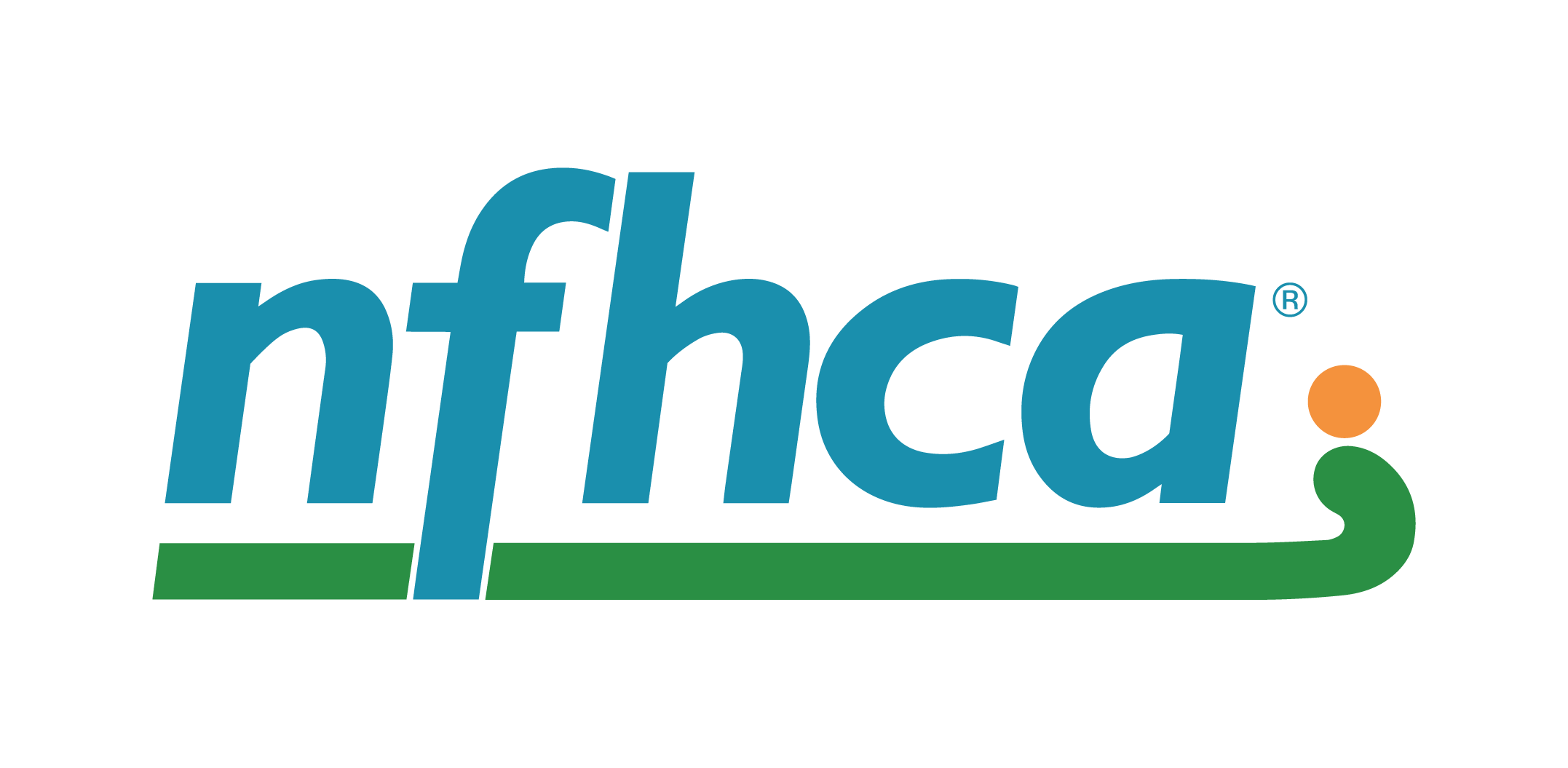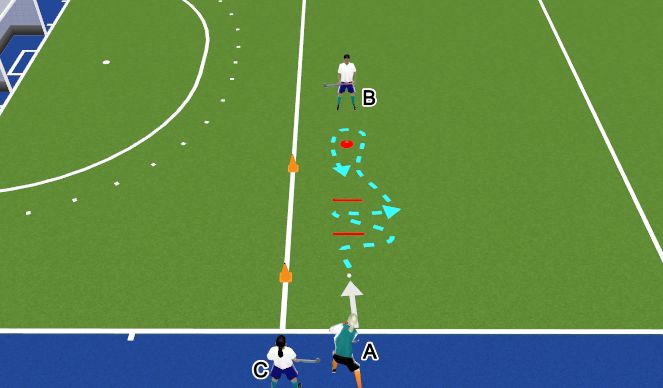This drill checks all of the best-drill boxes: it’s continuous, adapted to be challenging at all levels, and modifiable.
This phased sequence drill will allow your team to practice technical elimination skills — from introductory pulls to double-3D moves — and receptions on-the-move. It offers a framework for reinforcing the most important ball-carrying principles: keeping the ball out in front of you, having vision, and playing at speed. We’ve set up Phase 1 and Phase 2…take it to the next level by creating your own Phase 3!
Objective: Work on technical ball-carrying skills while reinforcing receiving and picking up the ball on the move and at speed.
Set Up:
- Separate your team into groups of 3-6
- Create a shuttle area for each group
- Place two cones 15-20 yards apart to note where players should start from
- Place two markers just outside of the shuttle area, 2-3 yards away from the starting cone as a guide for where the ball should be left in Phase 1 and where players should be receiving the ball in Phase 2
- Place obstacles in the middle of the shuttle to aid in elimination skills
- Each group should have a few balls
The Drill — Phase 1
- In Phase 1, the ball should begin in front of Player A and in line with the marker, about 2-3 yards away from the starting cone
- On a go or whistle, the first player runs to the ball and picks it up on the move, executes two technical skills (pulls, v-drags, spins, lifts, etc.), and continues around the farthest cone, then leaves the ball in line with the opposite marker
- As soon as the ball is stationary, Player B runs to the ball and picks it up on the move, executes two technical skills, and continues around the farthest cone, then leaves the ball in line with the opposite marker for Player C
- This pattern continues for several repetitions or minutes
The Drill — Phase 2
- The ball should start the same way in Phase 2, but after Player A completes their elimination skills they should pass to Player B who should pick up the ball on the move
- The drill is continuous with players passing to their teammate instead of leaving the ball stationary
Points of Emphasis:
- Picking up the ball on the move — feet shouldn’t stop when receiving the ball or executing an elimination skill
- Vision — encourage your players to get their eyes up to see what’s coming next
- Ball out in front — encourage your players to get the ball away from their feet and out in front of them, this requires them to bend their knees and extend their arms away from their body
- Be dynamic — whether it’s picking up the ball, elimination moves, or going around the cone to drop the ball in Phase 1, players should be showing bursts of speed, deception with their bodies, and having a low body position to be dynamic on the ball
Recommendations:
- For beginners or intermediate players, tell them which technical skill they should do in the drill for a set number of repetitions (i.e. pull right for three repetitions), after they have the opportunity to go through a whole suite of skills, allow them to be creative and choose their own for the final repetition
- For more advanced players, allow them to choose their skills organically or implement more deception or double-skills (inside-outside pulls) into their ball-carrying repertoire
- Depending on your players skill level, decide how long they should stay in Phase 1, for beginners, it may be a practice or two before they’re ready to move onto Phase 2, for more intermediate or advanced players, it may just be a few minutes before they can move onto Phase 2
- Come up with your own Phase 3! How can you adapt this drill to make an additional challenge for your team?
- Make it a competition, see how many reps each team can get in a set amount of time with only one ball

